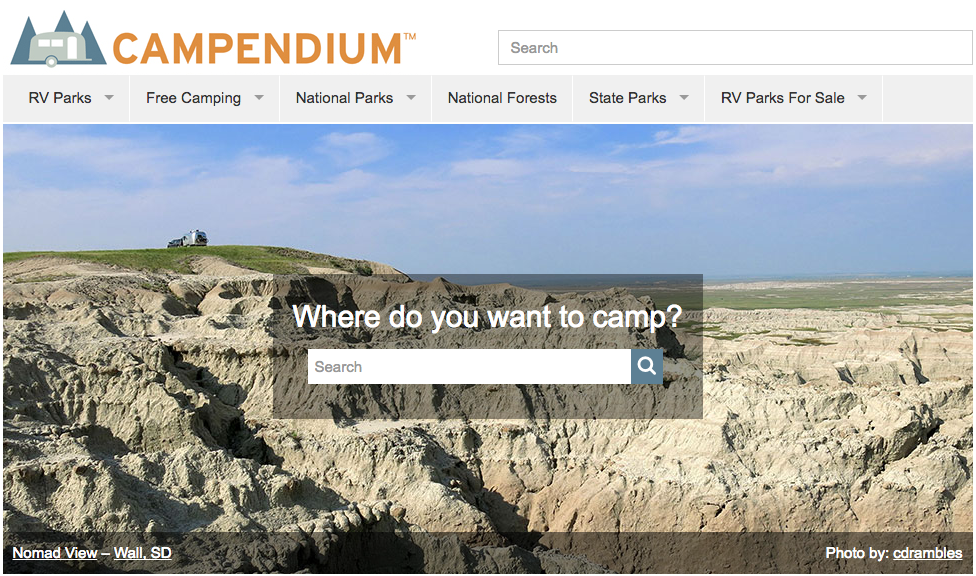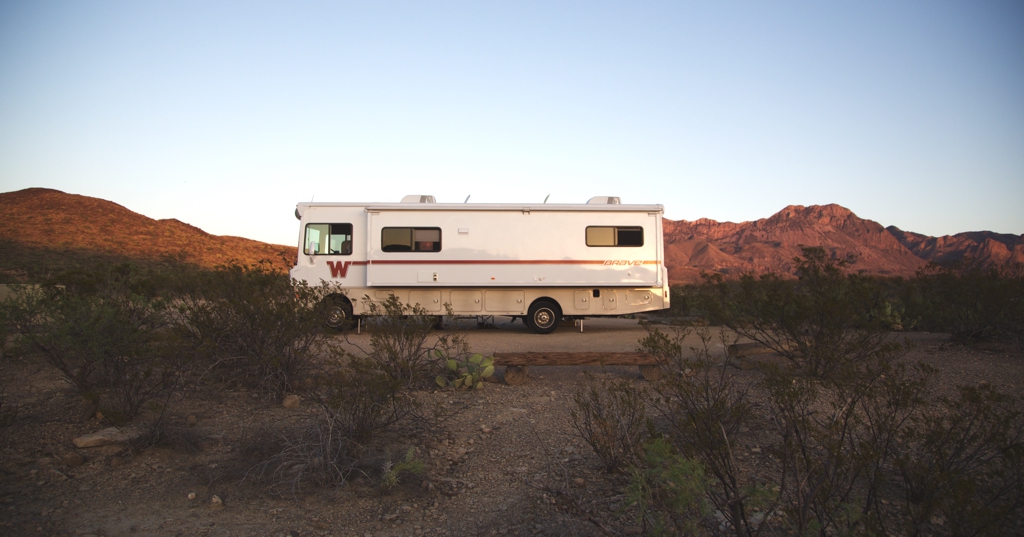
How to Find Free (or Almost Free) Camping
When you full-time RV during your twenties, saving money on expenses is almost as important as exploring awesome places.
One of the easiest ways we've been able to cut costs while RVing is to find free (or almost free) places to camp. However, most of our free camping up until recently involved staying in friend's driveways or random strangers' homes. Alyssa and I hadn't really ventured into remote boondocking on BLM or national forest land.
To be honest, I wasn't really sure about parking our RV in remote areas. What if our RV gets stuck or broken down and we have no service? How will I know if I'm camping in a legal spot? These are the thoughts that ran through my head when I thought about wild camping.
Well, all those fears were irrational.
A few months ago near Grand Teton National Park, Alyssa and I had our first wild camping experience on national forest land at Upper Teton View. We didn't break down. And we even had two bars of Verizon internet.
This was our view. . .
 Every morning around six AM the Tetons turned into a beautiful, pinkish hue.
Every morning around six AM the Tetons turned into a beautiful, pinkish hue.
 We found this free boondocking location using a site called Campendium.
We found this free boondocking location using a site called Campendium.
 For three nights we camped out next to some friends while eating s'mores, working a few hours during the day, and kayaking on Jenny Lake.
For three nights we camped out next to some friends while eating s'mores, working a few hours during the day, and kayaking on Jenny Lake.
Finding this epic boondocking location so close to Grand Teton National Park made us fall in love with wild camping. Instead of paying $25 for a national park campground or $100 for an RV park in Jackson, we had the best views in the house for free.
Since our experience at Upper Teton View, we've used Campendium several times to find free camping in different locations. While driving through different cities the past month, we've also used it to find free overnight parking at Walmarts and Cabela's.
Since we run our business from our RV, we love that Campendium shows internet strength in different campgrounds and parking lots.
While we're far from experts on free camping, we've learned a few things from others and our experience that can help new RVers find some free camping!
If you want to find free (or really cheap) camping, here are some tips to get you started.
Leverage websites and apps like Campendium.
Campendium makes it super easy for me to research free campsites before we arrive. I tend to do more research than is necessary when finding campsites. I like reading multiple reviews, knowing what kind of internet we can expect, and what previous campers have experienced. Campendium makes all of this super easy.
A couple other Apps I would recommend for finding free (or cheap camping) would be:
- AllStays This app is the cream of the crop. It's a paid app, but it keeps one of the most up to date campground directories available.
- US Public Lands App This app was built by RV bloggers Technomadia and helps you find BLM (Bureau of Land Management) and USFS (US Forest Service) land where you can boondock for free.
Use Google.
Earlier this summer I took a group of friends down to Big Bend National Park. We wanted to primitive camp near or inside the park. Before we left for our trip I hopped on Google and typed in "Free camping near Big Bend National Park".
I found several blogs that shared photos, directions, and a plethora of information on how to find cheap and primitive camping inside Big Bend.
Reading about the experience of other RVers gave me way more information than I would have found on the national park website. For instance, I read about how strict the park was on generator use. Since we wouldn't be able to run our generator for AC use, my friends and I prepared for the heat by creating our own homemade air conditioner.
We ended up finding a primitive campsite for $13/night. Not a bad view at all.
Call ahead.
Find a local BLM regional office and give them a call. Park rangers have so much information they'll be able to give you on different places you can and cannot camp.
Drive your tow car into new camping spots to scout first.
If you're worried about your rig being able to get down a dirt road, you can always disconnect your tow car and scout a location first. This is a great way to not end up in a tight spot.
Don't overstay your welcome and be respectful of surroundings.
Primitive and wild camping means you won't have a ranger or camp host around to make sure you're cleaning up your stuff. Don't abuse nature. Pick up your things when you leave. Also, be respectful of the maximum stay limit that most national forests and BLM land has for each location.
Not overstaying your welcome and being respectful also applies to overnight parking in places like Walmarts or Cabela's. Most of these businesses are kindly allowing you to park for free overnight. Don't open up all your slides, put your jacks down, slide out your awning, and throw a party outside. It's also best to ask a store manager and double check that it's okay to park overnight.
So far this summer, we've camped free for over 20 nights using these techniques and saved hundreds of dollars. If you're trying to save money while traveling full-time, boondocking for free is one of the best ways to cut costs on the road.
Do you have any helpful tips for finding free (or almost free) camping? Drop a comment below, I'd love to hear from you.
Comments
Comments on this post are moderated, so they will not appear instantly. All relevant questions and helpful notes are welcome! If you have a service inquiry or question related to your RV, please reach out to the customer care team directly using the phone numbers or contact form on this page .


